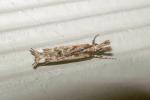
| Recorded by: R. Newman on 2025-08-05
Carteret Co.
Comment: | 
| Recorded by: David George, Jeff Niznik, Rob Van Epps, Kevin Metcalf on 2025-07-20
Richmond Co.
Comment: |
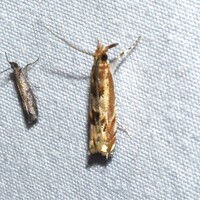
| Recorded by: David George, Jeff Niznik, Rob Van Epps, Kevin Metcalf on 2025-07-20
Richmond Co.
Comment: | 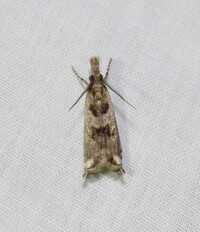
| Recorded by: B. Bockhahn on 2025-06-03
Currituck Co.
Comment: |

| Recorded by: B. Bockhahn on 2025-06-02
Currituck Co.
Comment: | 
| Recorded by: B. Bockhahn on 2025-06-02
Currituck Co.
Comment: |
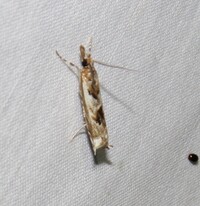
| Recorded by: B. Bockhahn on 2025-06-02
Currituck Co.
Comment: | 
| Recorded by: R. Newman on 2024-04-20
Carteret Co.
Comment: |
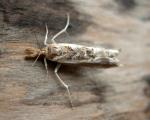
| Recorded by: R. Newman on 2022-08-18
Carteret Co.
Comment: | 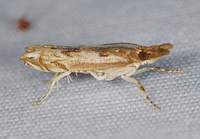
| Recorded by: Jim Petranka, Bo Sullivan, and Steve Hall on 2022-07-25
Moore Co.
Comment: |
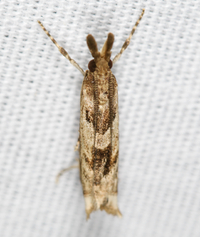
| Recorded by: Jim Petranka, Bo Sullivan, and Steve Hall on 2022-07-25
Moore Co.
Comment: | 
| Recorded by: R. Newman on 2022-04-12
Carteret Co.
Comment: |

| Recorded by: R. Newman on 2021-09-11
Carteret Co.
Comment: | 
| Recorded by: R. Newman on 2021-04-27
Carteret Co.
Comment: |
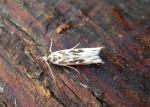
| Recorded by: R. Newman on 2021-04-26
Carteret Co.
Comment: | 
| Recorded by: J.B. Sullivan on 2005-08-29
Carteret Co.
Comment: Bold specimen. |
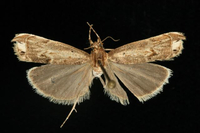
| Recorded by: J.B. Sullivan on 2005-08-29
Carteret Co.
Comment: Bold specimen. | 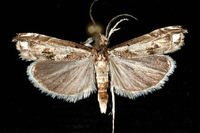
| Recorded by: J.B. Sullivan on 2005-08-29
Carteret Co.
Comment: Bold specimen. |

| Recorded by: J.B. Sullivan on 2005-08-29
Carteret Co.
Comment: Bold specimen. |

 »
»




 »
»


